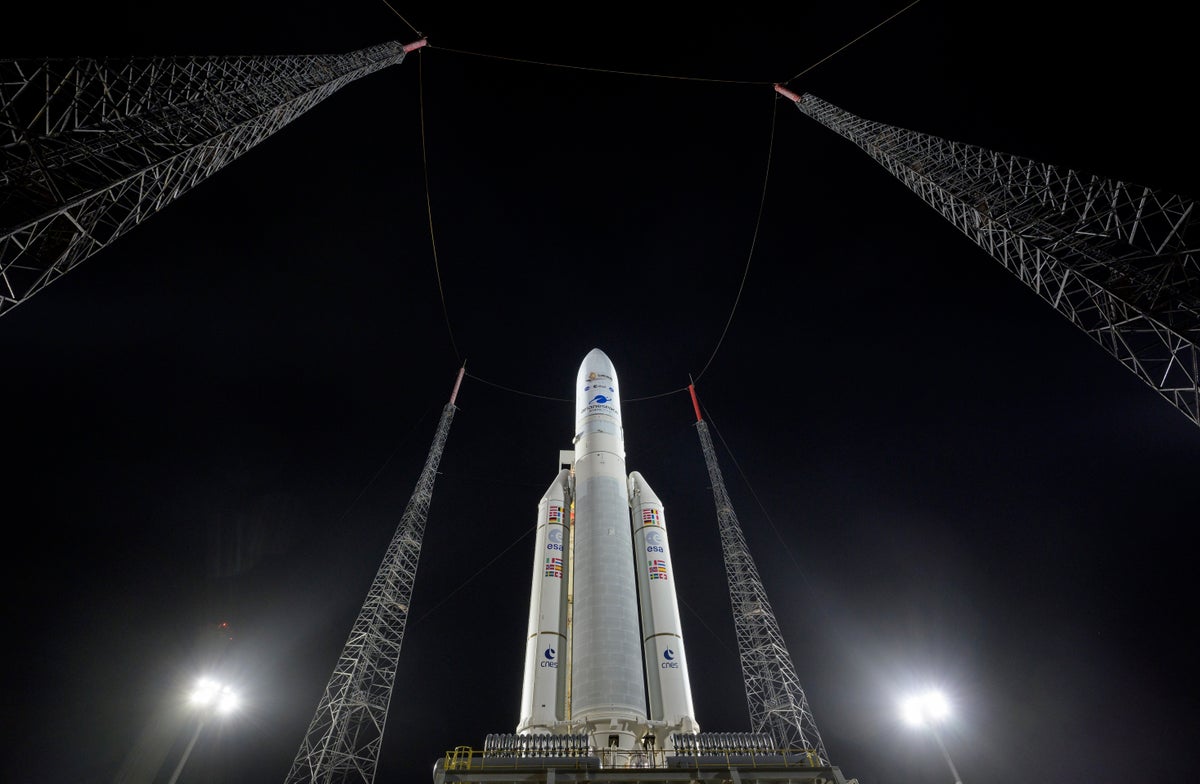NASA’s James Webb Space Telescope (JWST) was finally launched on December 25 after a slow pregnancy process that began again in 1996. While the launch was full success, there were many more phases of travel and the spread of telescopes that remained incomplete and necessary. To go without obstacles before NASA, space agents who work together and the wider and public scientific community can sigh with relief. Fortunately, with the magic of modern technology, NASA has allowed anyone who wants to see the mission successfully follow as a JWST adventure revealed, literally, literally, literally, literally, literally, literally, literally, literally, literally, literally, literally, literally, literally, literally, literally, literally, literally, literally, Literally, literally, literally, in real-time.
The JWST Will be Fully Deployed on Arrival at the L2 Orbit
The site “Where Webb” is currently planning every step of Webb travel including various distribution of components that have been carried out or will be done and approximately when each of these critical phases will take place. With a mirror measuring 21 feet (6.5 meters), Webb must be designed to be folded so that it first enters the launch vehicle. In this case, Webb needs to be tightly tucked in the Ariane rocket 5 European space agencies, which have a charge fairing that runs 18 feet wide (5.4 meters). This is what requires complex opening and deployment processes currently carried out by Webb.
After Sunshield is fully deployed, the mirror segment will then start opening and locking it to complete the dish. It will start from around the 10th and last to day 26. At the time of writing, Webb is more than three days in its mission of approximately 37 percent of the road to L2 orbit. It managed to spread the AFT pallet structure that was put together (UPS), which brought five membranes of sunlight folded. In total, NASA said 140 release mechanisms, 70 hinge assemblies, 400 pull and 90 cables needed to work perfectly or the $ 10 billion project could be in vain.
Orbital Insertion
To ensure that Webb is synchronized correctly for orbital insertion, will fire rocket maneuvers along the way to perfect the trajectory. The “Where Webb” site tells us that on the 29th day of the mission, Webb will complete the “burn” finally because it is inserted into the L2 orbit [NASA]. At that time, the site “where Webb” will naturally stop tracking distance, but will switch to monitor Webb’s temperature in real-time.
Webb needs to cool to operate a temperature of around -370 degrees Fahrenheit (-233 degrees Celsius) and will start the test battery and calibration which will take place a few months before start sending back the first image. At that time, be prepared to be blown. If you don’t understand what all the commotion is, you will certainly be because Webb has imaging capabilities which up to 100x are stronger than Hubble. It’s strong enough to “look back in time” with the formation of the first stars in the universe. Webb is more than just another telescope – this is a virtual time machine.

